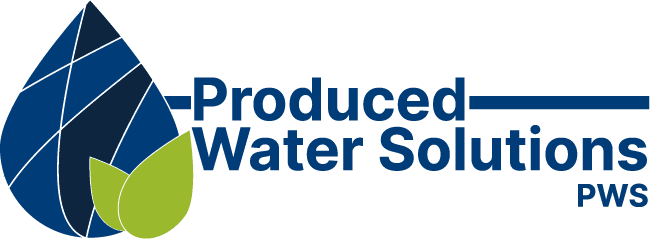Flotation & Bubble Technology
Contact UsInduced Gas Flotation (IGF)
Dissolved Air Flotation (DAF)
This product has been a mainstay in water treatment for many years. Our SST units are complete with chain and rack systems, dissolved air flotation, and solids removal capability.
Dissolved Gas Flotation (DGF)
The dissolved air flotation pump functions without the air saturation tank or the compressor. An impeller design creates a sub-atmospheric pressure region in the seal chamber. Gas is naturally aspirated into the seal chamber, (i.e., blanket gas on the vessel) then mixed with pumpage and compressed into micro-bubbles. The bubbles are then dissolved into the pumpage and moved through the discharge of the pump and out to the process. The bubbles are released by means of a pressure drop induced by a globe valve before entering the vessel. The gas bubbles then attach to oil droplets assisting in the water/oil separation.
- Proven technology (Over 1,500 applications globally)
- Adjustable bubble diameter
- Most efficient in the market
- 10% reduction in chemical cost, smaller footprint
- 20% to 40% reduction in recycle rates
Horizontal Flotation Cell (HF-SEP)
Choosing the right vessel design and the proper bubble making technology is critical to the success of your application. By creating microfine gas bubbles and injecting them into a skillfully designed vessel, the time required to float suspended oil to the surface can be reduced to minutes. The HF-Sep is one of the most efficient designs on the market for maximizing efficiency and reducing lost production time.
The HF-Sep is a six-compartment vessel with four stages of bubble treatment. The microfine bubbles are created and injected into each of the middle four compartments in such a way as to maximize its treatment efficiency.
As these bubbles float to the surface, they come into contact with the oil particles which increases the rate of rise of that individual oil droplet.
Each of the six stages of treatment is equipment with its own skimming weir that removes the oil into a common oil compartment separate from the water phase. This oil is then pumped to another location for resale or disposal.
Both the water phase of the vessel and the oil phase have segregated controllers for maintaining proper levels for smooth and constant control. These require very little maintenance and are designed to operate without assistance. In addition, each phase is also equipped with its own safety switches to monitor high and low levels of liquid. These can be either electronic or pneumatic in nature depending on the needs of the individual facility.
- Multi-cell vessel for maximum oil removal efficiency
- Independent water and oil controls systems
- Independent oil and water safety system
- Dedicated corrosion protection per compartment
- Flexible design parameters to meet footprint requirements
- Designed to both atmospheric and ASME designs
- Capable of flows from 1,000 to 250,000 bbld
- Designed to treat oil content down to below 20 ppm
- The most bubble contact area of any design on the market
- Most aggressive design standards of any competitors
- 10% reduction in chemical need
- Five different bubble making technologies available
Vertical Flotation Cell (VF-SEP)
Like our HF-Sep but in a vertical configuration, which equates to smaller footprint.
- Reduces oil content from 250 ppm down to <29 ppm
- Hydraulically concentrates oil to center of vessel for easy removal
- Optional additions include coalescing media, inline vortex generator, paddle system, and sand jetting
- Easily engineered for high “pitch and role” applications
- Standard packages include complete control systems for both oil and water plus independent safety control capability
- Capable of flows from 1,000 to 150,000 bbld
Micro Bubble Technology
In the world of using bubbles to expediate the separation of hydrocarbon and solids from water is as old as the business itself. There is no shortage of bubble technologies that is used to enhance separation of oils and solids in the produced water market, mining, timber, food and beverage, recycle/reuse, or any other application where a consistent and tested option was needed. It is true that bubble technology has been around for a long time but not all bubble generating technologies are created equal. The principal of separation behind this technology and how it is applied to technology has come a long way over the past 30 years.
There are several bubble generating technologies that maintain a reputation of solid performance. One of the leading technologies is the Cornell DGF Pump. It is the only single stage impeller micro pump on the market. Many advertise that they are the same, but actually use multistage impellers to shear gas/air into bubbles verses dissolving into a solution. The Cornell DGF pump can dissolve 90% of any gasses dissolvability factor into solution resulting in a larger population of micro bubbles with the ability to control their size and distribution. Call PWS for more information as well as more information about the other bubble generating technologies, we have available.
